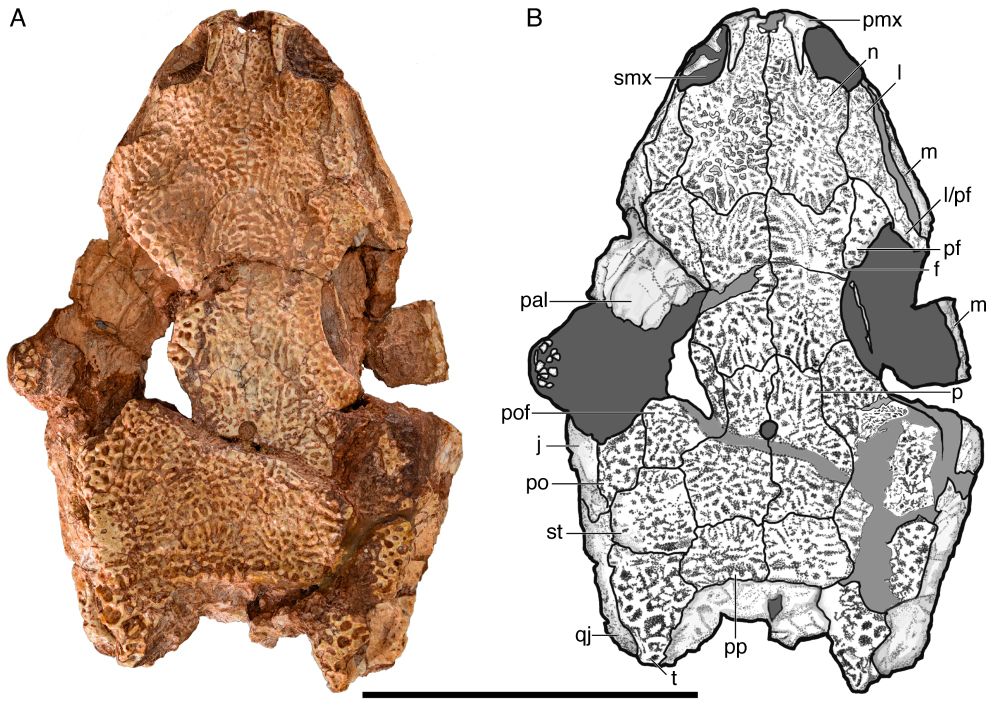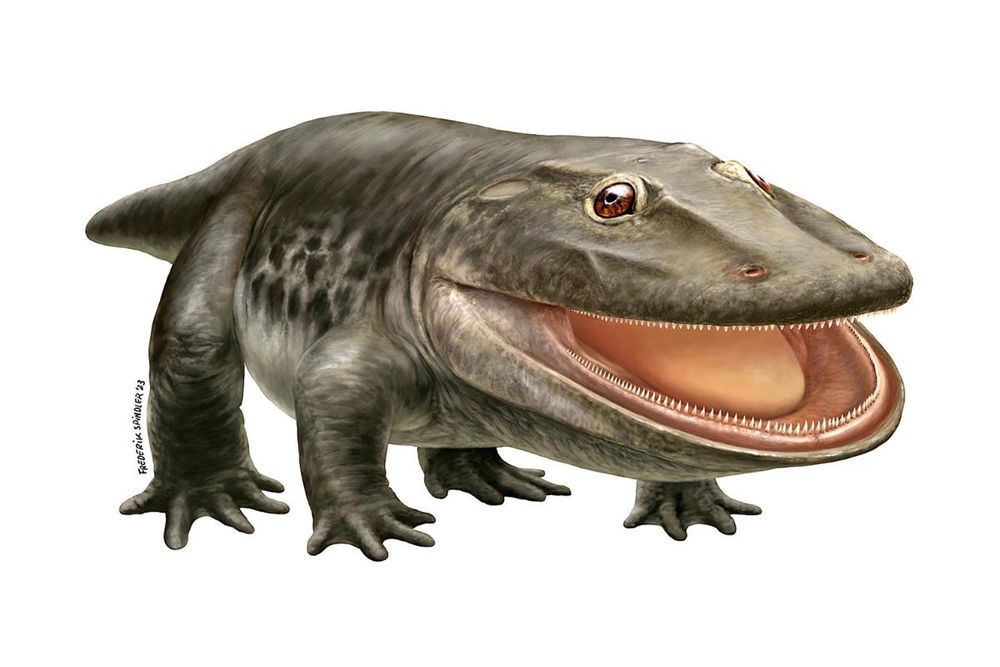Aaron Kufner
@akufner.bsky.social
150 followers
200 following
18 posts
PhD Candidate at UW Madison geoscience. Triassic ecosystems, temnospondyls, and the odd dinosauriform
Posts
Media
Videos
Starter Packs
Reposted by Aaron Kufner
Aaron Kufner
@akufner.bsky.social
· Apr 2

A new metoposaurid (Temnospondyli) bonebed from the lower Popo Agie Formation (Carnian, Triassic) and an assessment of skeletal sorting
Metoposaurid-dominated bonebeds are relatively commonplace in Upper Triassic continental deposits with at least ten monodominant, densely-packed bonebeds globally. The biostratinomy of several classic...
journals.plos.org
Reposted by Aaron Kufner
Aaron Kufner
@akufner.bsky.social
· Apr 2
Aaron Kufner
@akufner.bsky.social
· Apr 2
Aaron Kufner
@akufner.bsky.social
· Apr 2
Aaron Kufner
@akufner.bsky.social
· Apr 2
Reposted by Aaron Kufner
Reposted by Aaron Kufner
Reposted by Aaron Kufner
Aaron Kufner
@akufner.bsky.social
· Jan 7
Reposted by Aaron Kufner
Reposted by Aaron Kufner






















